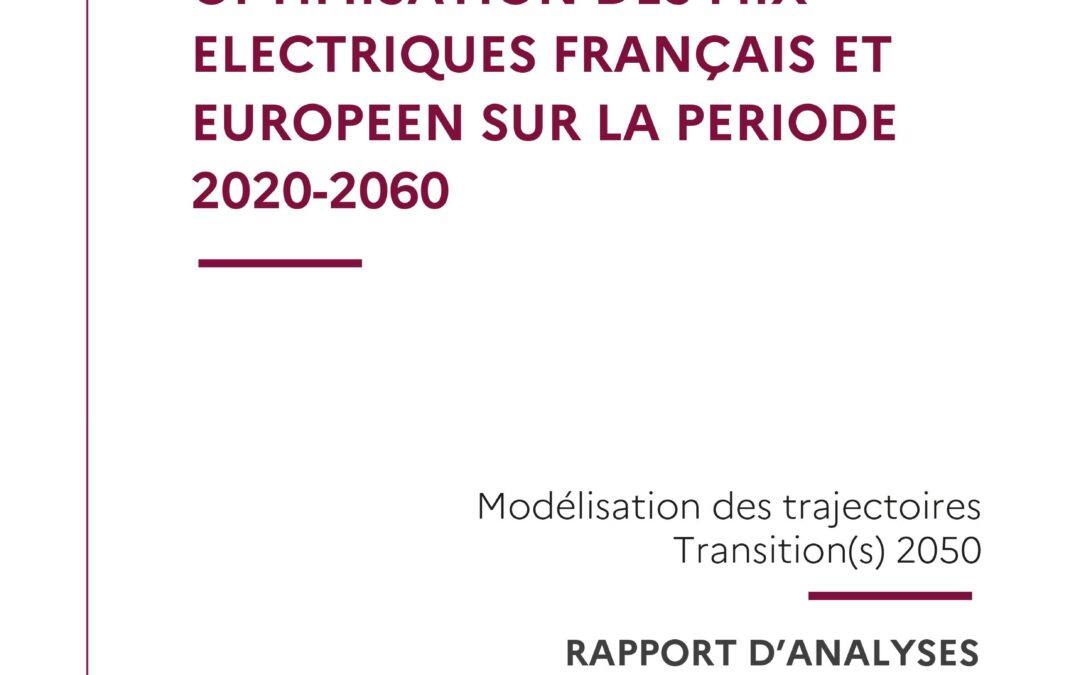ADEME, the French energy and environment agency, contracted with Artelys to analyze power systems scenarios in coordination with its “Transition(s) 2050” project, in which four multi-energy carbon-neutral pathways were built for France. Artelys set up a detailed model able to represent power generation, demand dynamics (including flexibility), and internal networks, with infra-national granularity, from 2020 to 2060. System dimensioning and operations have been optimized as pathways from 2020 to 2060, with a 5-year timestep, ensuring robustness via hourly granularity over 9 weather scenarios. Simulation results allow to derive the following findings, among others:
- The transition to energy mixes more reliant on RES-e leads to a more evenly distributed power generation system than today. In order to limit network reinforcements and the costs of flexibility, investments in generation have to be thought jointly with network developments. Notably, commissioning renewables in best-LCOE areas in priority leads to higher costs.
- Along with the reinforcement of interconnectors and the increase of cross-border exchanges, the development of demand-side flexibility is key to ensuring that power systems function in a cost-efficient manner. Electric vehicles’ smart-charging and electrolyzers’ flexible operations, notably, are crucial to adequately integrate renewables.
Modelling assumptions are gathered in a dedicated leaflet.
The results of sensitivity analyses of European exchange capacities are available here

Recent Comments